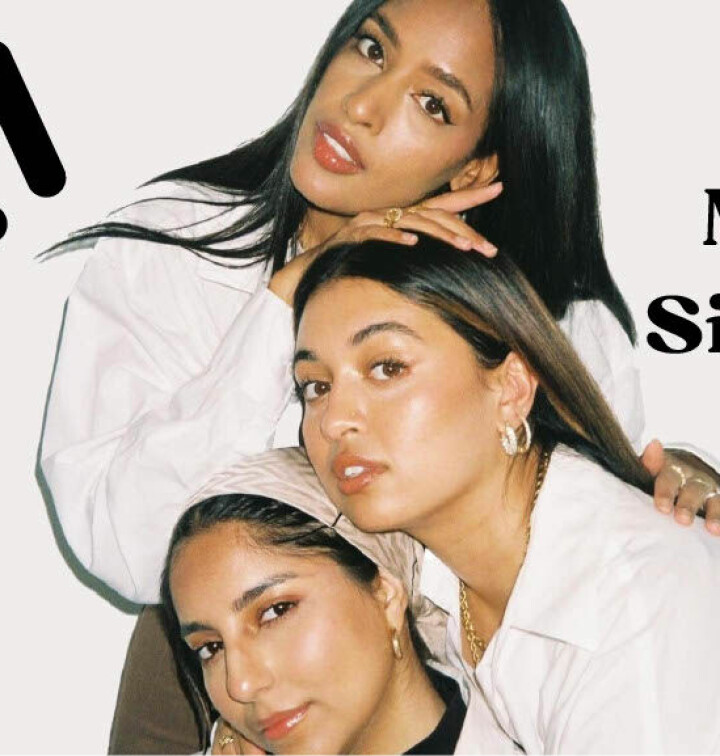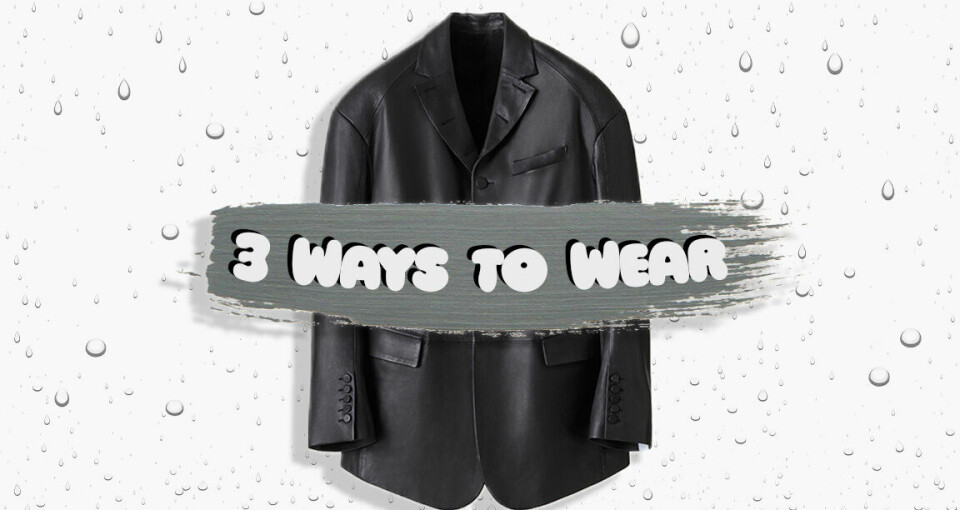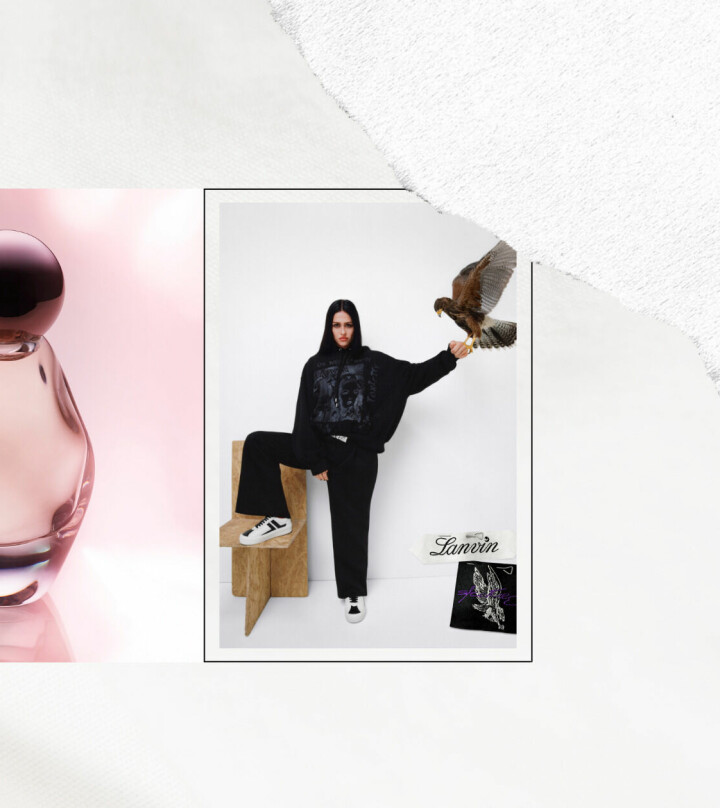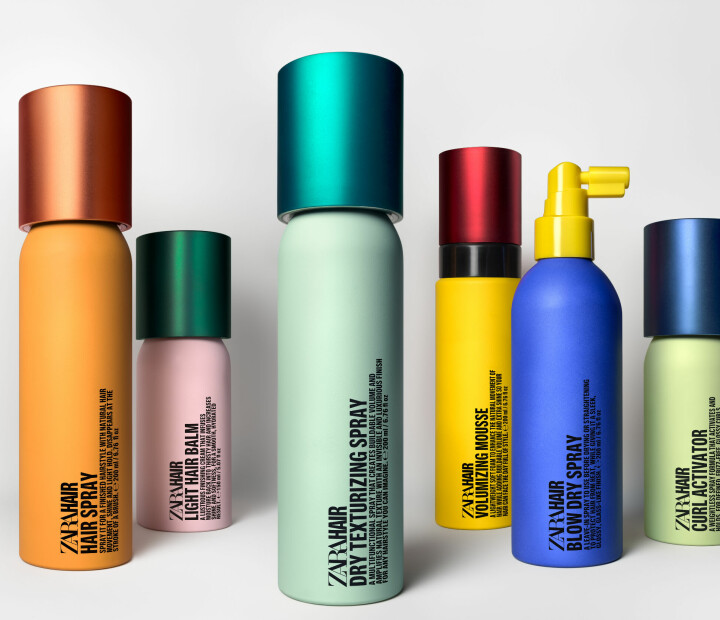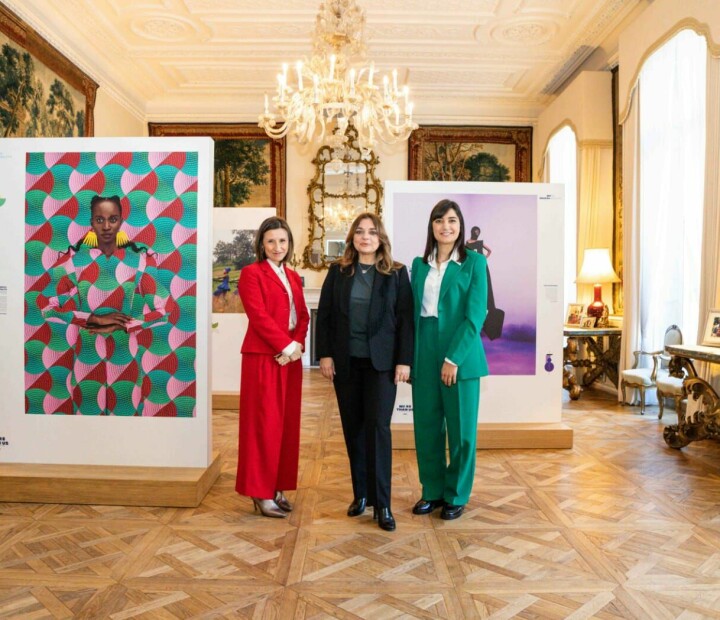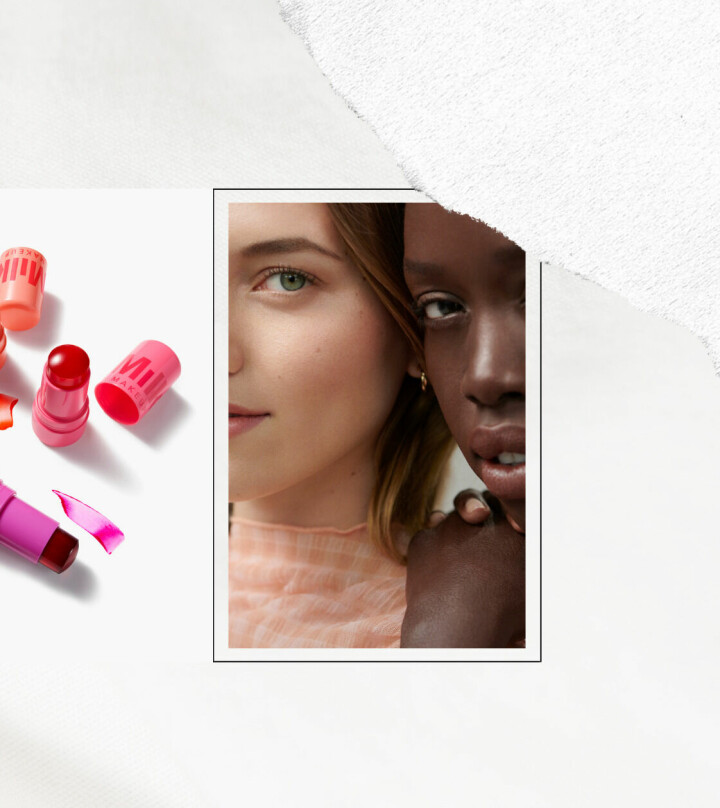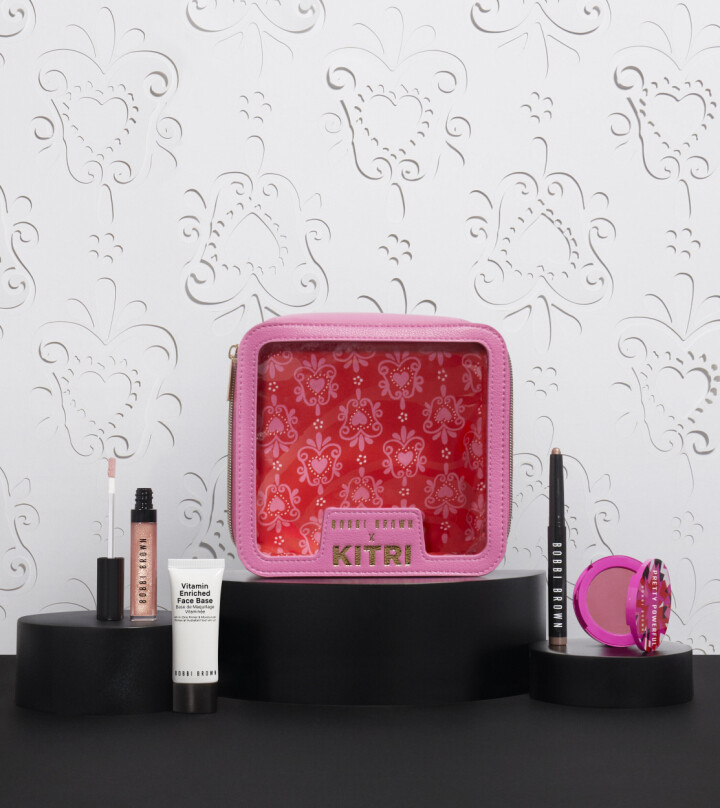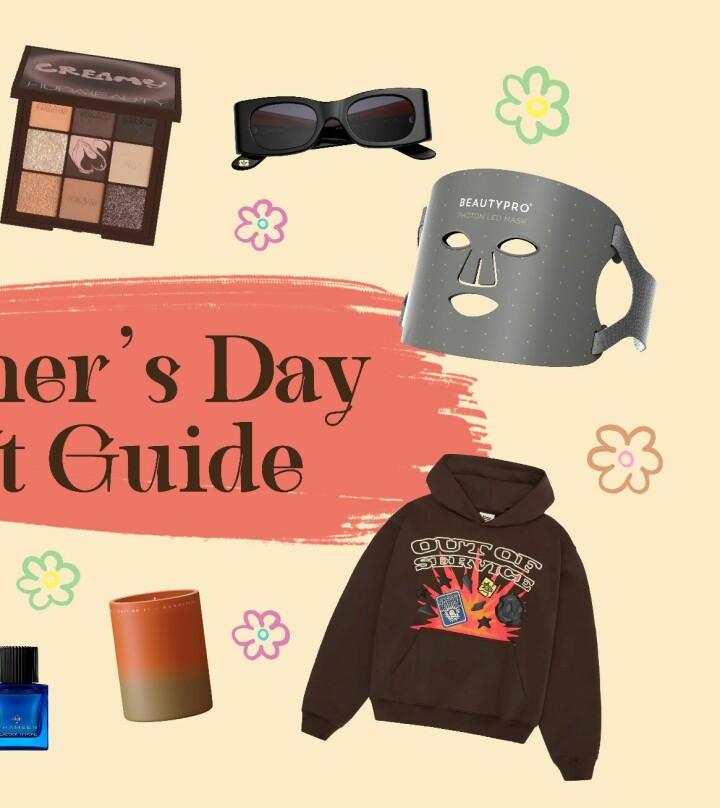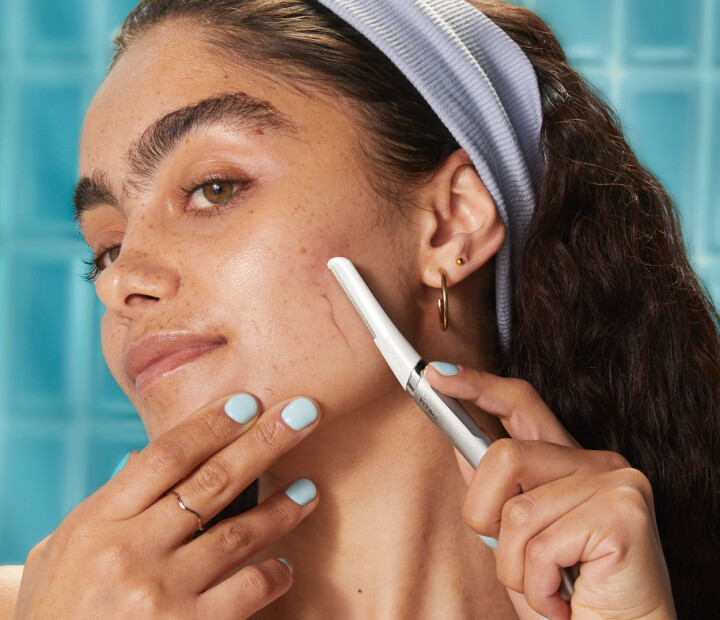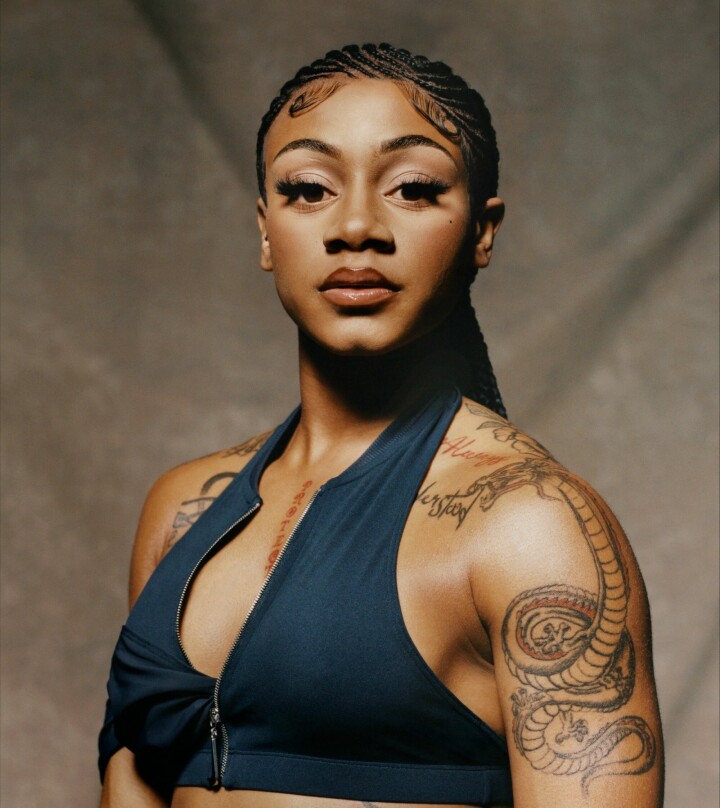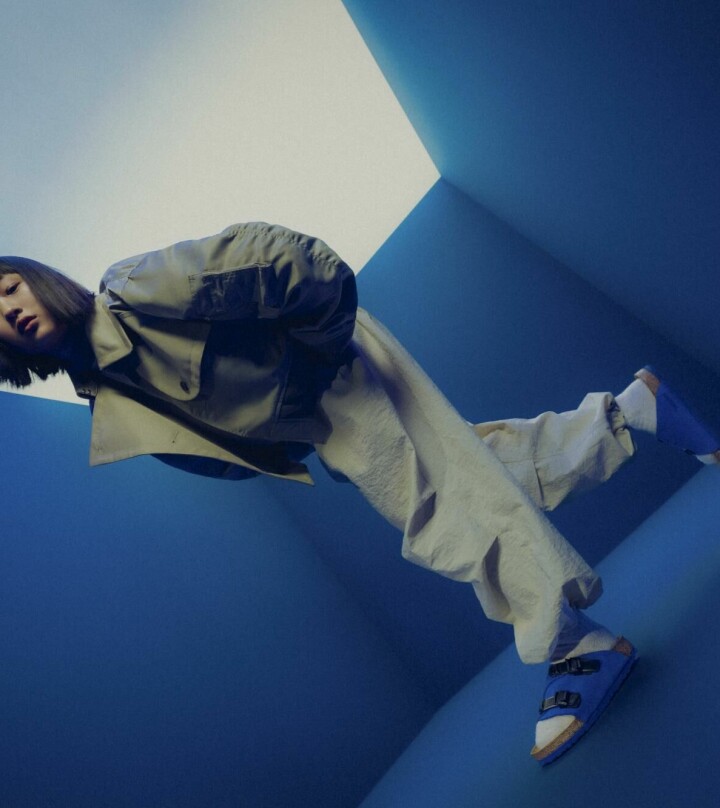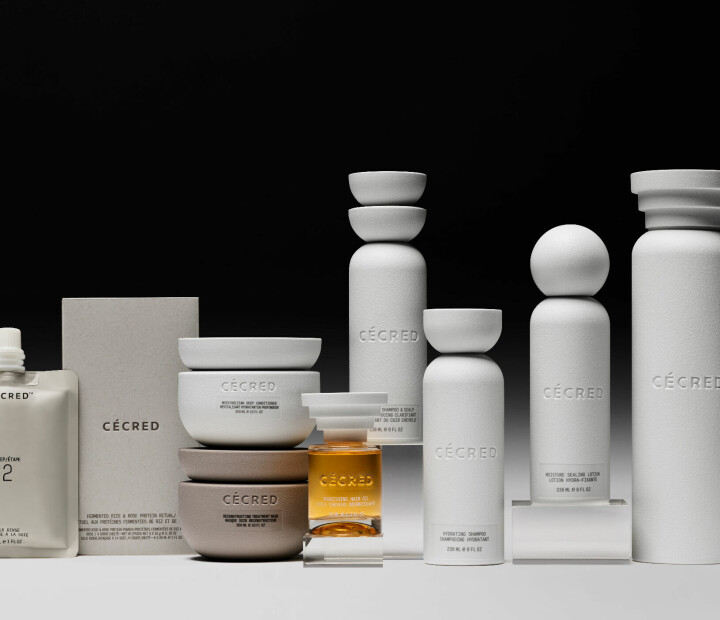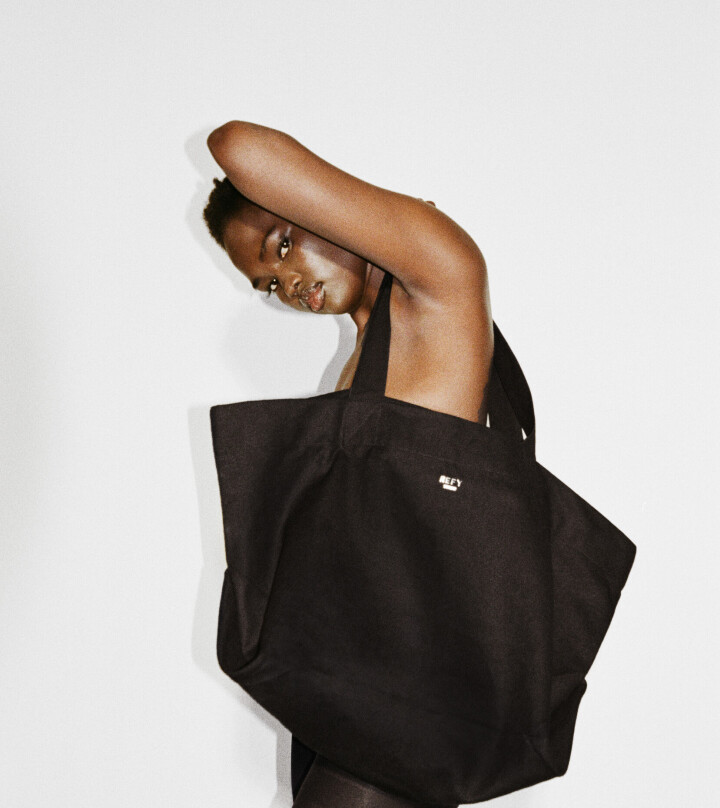BEAUTY
MONPURE launch #ItsNotJustHair Campaign
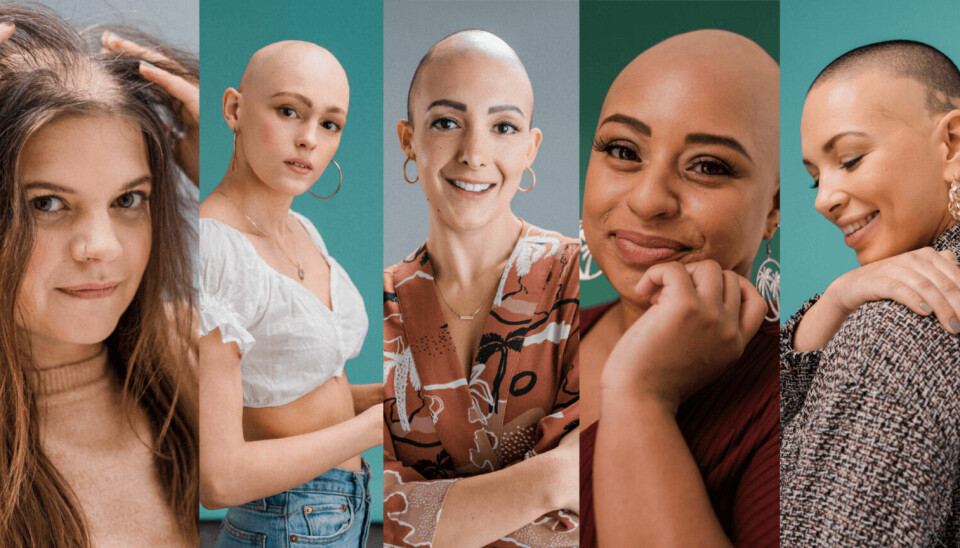
When it comes to female hair loss, the topic is often seen as taboo, therefore not spoken about. Well, renowned hair and scalp brand, MONPURE, is fighting the stigma with the launch of their ground-breaking, #ItsNotJustHair campaign.
Despite being fairly widespread, female hair loss is commonly shamed, brushed aside and or ignored in society. In the age of social media, where beauty standards are incredibly high and unattainable, issues such as hair loss can affect an individual’s self-image and mental health. The phrase: “it’s just hair” is normally thrown into conversations surrounding this subject, however, MONPURE is actively fighting against this harmful statement in their new campaign by giving the spotlight to five amazing women and their experiences with hair loss. By giving a voice to women who have suffered from the condition, the brand is hoping to force change and encourage more open conversations about female hair loss.
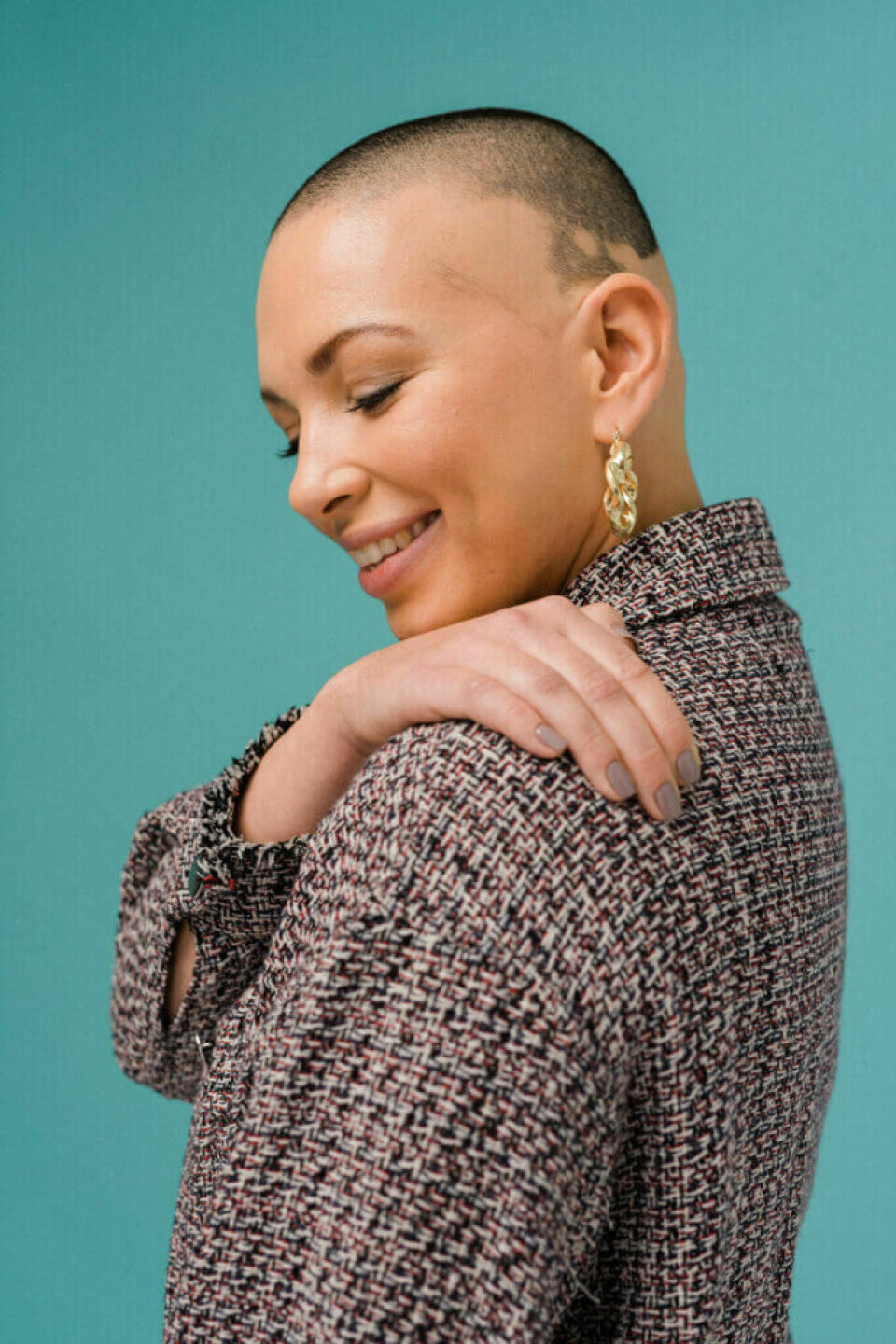
Beth Finlay, one of the five women included in the campaign, suffers from Alopecia. In 2017, she decided to shave her head after her hair, eyebrows and lashes began to fall out. Beth said, “It’s so hard to have that (hair) taken away if you don’t choose for it to go”. Medical professionals initially misdiagnosed Beth’s hair loss as stress-related, an answer which is commonly given to many hair loss sufferers. On shaving her head, Beth took matters into her own hands and has since adopted it as part of her style. “Having no hair for me now is just my style and I don’t regret any of it”
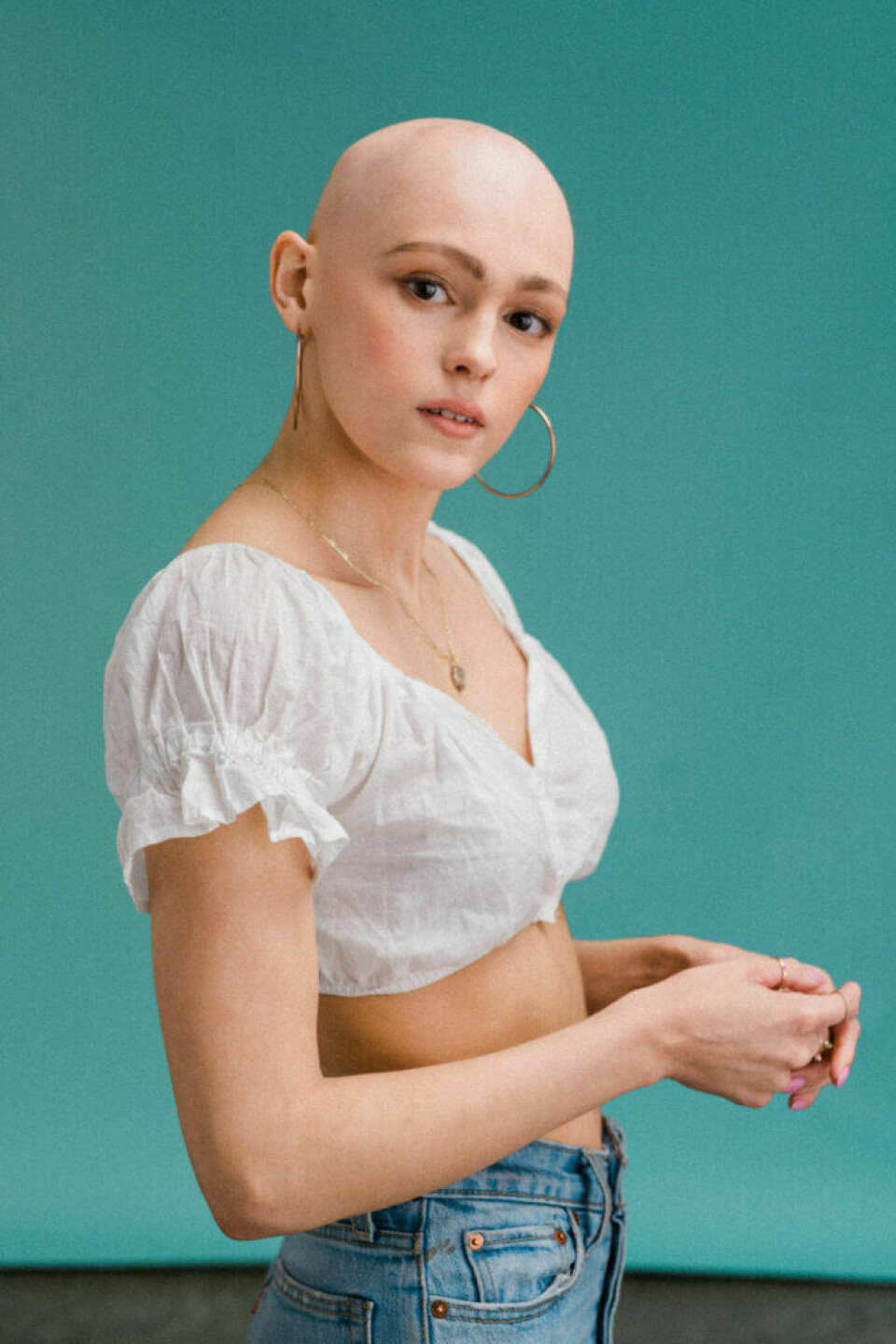
From 7-years-old, 22-year-old Dominique (Mimi) Drew started losing her hair. As an aspiring actress, she is concerned about the lack of representation of female hair loss in the mainstream media. Mimi said: “There’s hardly any representation for hair loss, particularly women in film, culture and TV culture”. She added: “It’s not talked about, it would be so amazing to see someone on screen without any hair” Mimi also wants to help educate the public about the different reasons for hair loss. Hair loss is regularly only associated with cancer in popular culture, but this is not the case. She wants to use her position in the media landscape and this campaign to help spread accurate information.
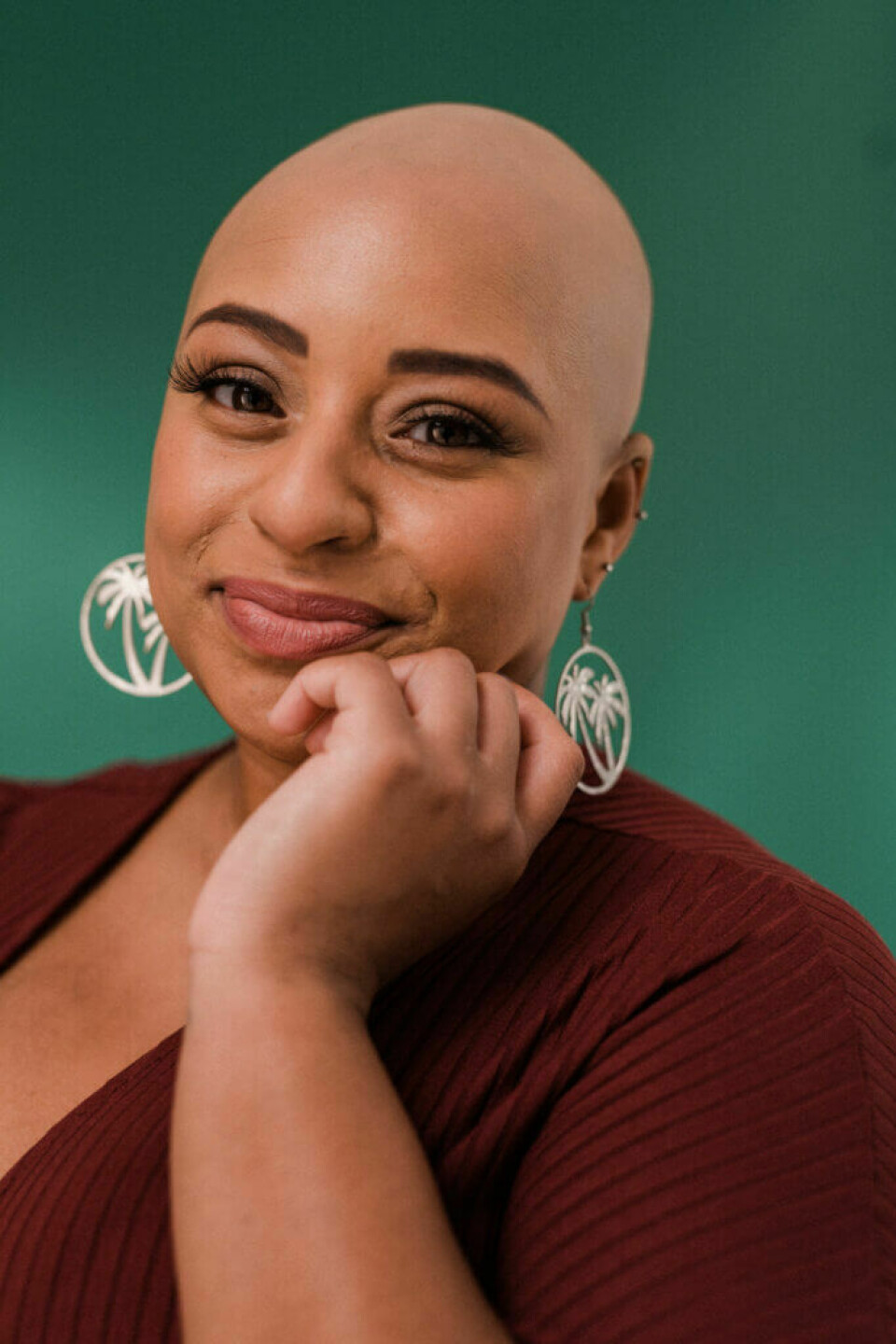
Christala Fletcher, a fellow alopecia sufferer, described herself as the ‘Houdini of hair’. She started to notice her hair falling out from a young age, gradually becoming worse in secondary school and in efforts to hide it, she would try different hairstyles. But after falling ill at 17, 95% of her hair fell out and she decided to cut off the remaining parts. As a result, she suffered, not only with her self-confidence but also with her relationships and identity. “Being a Caribbean girl, having that moment with our mum on a Sunday evening, getting our hair ready for school for the next week, it made it very hard to have that connection with our mum.” The #ItsNotJustHair campaign is deeply personal for Christala, as she, like many others, has experienced the negative effects and attitudes towards hair loss in the media. She said: “I think I’m pretty, but I don’t feel pretty, because the media is telling me that I’m not pretty because I don’t have this one thing. And if you don’t have that, you feel like you don’t fit in. You have to be careful about what you’re consuming.”
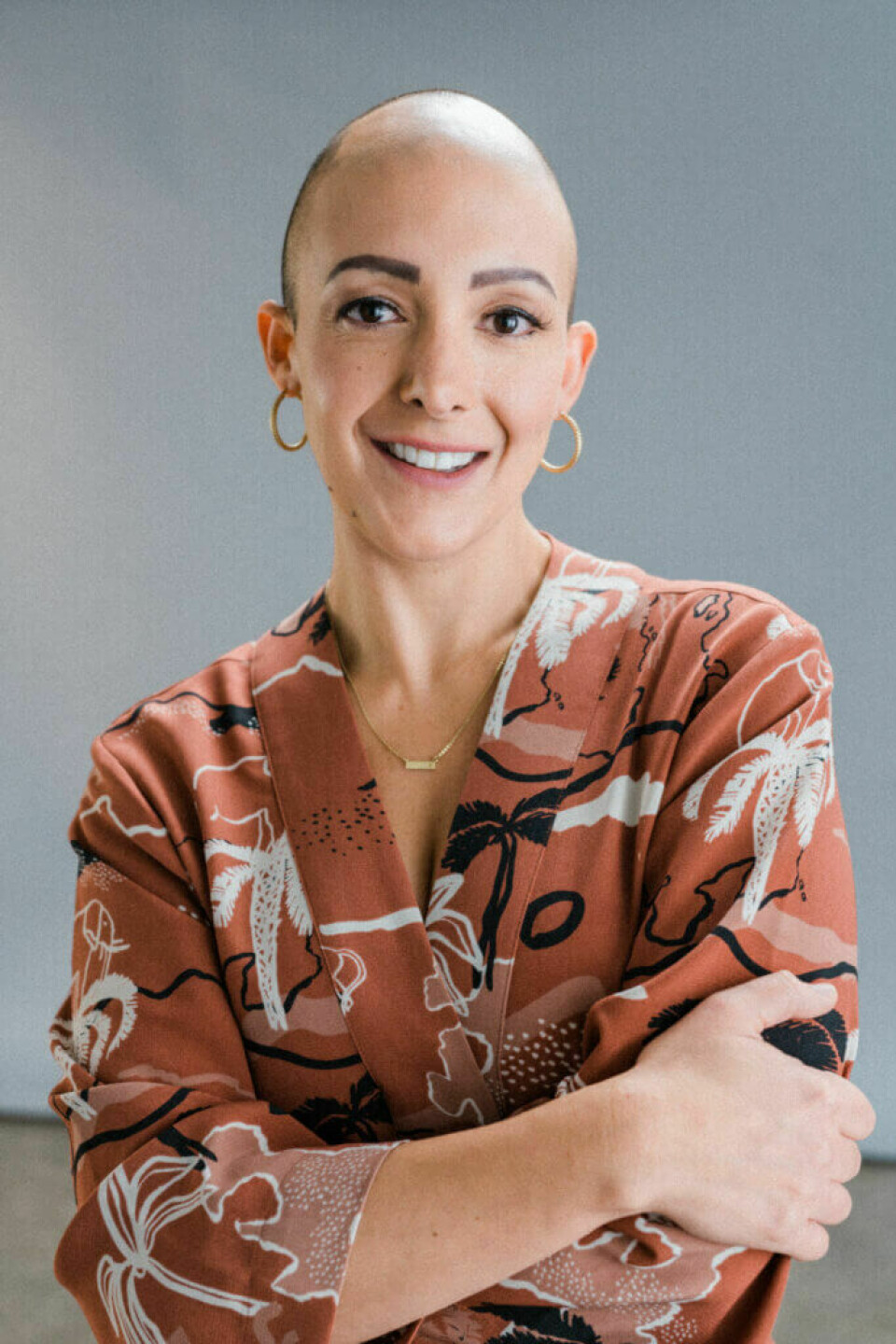
Similarly, to the other women in the campaign, Rima Theisen has suffered from alopecia, but had dealt with the condition for years before deciding to cut all of her hair off. She had been hair loss free for two years, however, after giving birth in 2017, her hair began falling out once again. Realising that it was Alopecia Areata again- and not postpartum hair loss – she made the decision to shave her head. Rima struggled with her identity after shaving her head, saying: “Before my hair fell out, it was a really big part of who I was. It was my thing on nights out. The focal part of my outfit would be my hair, I was terrified to get in the shower, as every time I would, chunks would fall out.” Seeking medical help was also challenging as she felt dismissed by the dermatologist, she went to see about her hair loss. “I remember going to see my dermatologist she just wrote me a prescription for a wig and went ‘well there you go’. I felt like no one wanted to know my backstory, or how I felt.” Since going through these experiences, Rima is openly sharing her journey and positive message through MONPURE’s campaign, as well as platforms such as The Sun, BBC, Metro and many others. Rima’s Instagram (@thebaldmama) also focuses on her alopecia story and her positive personality.
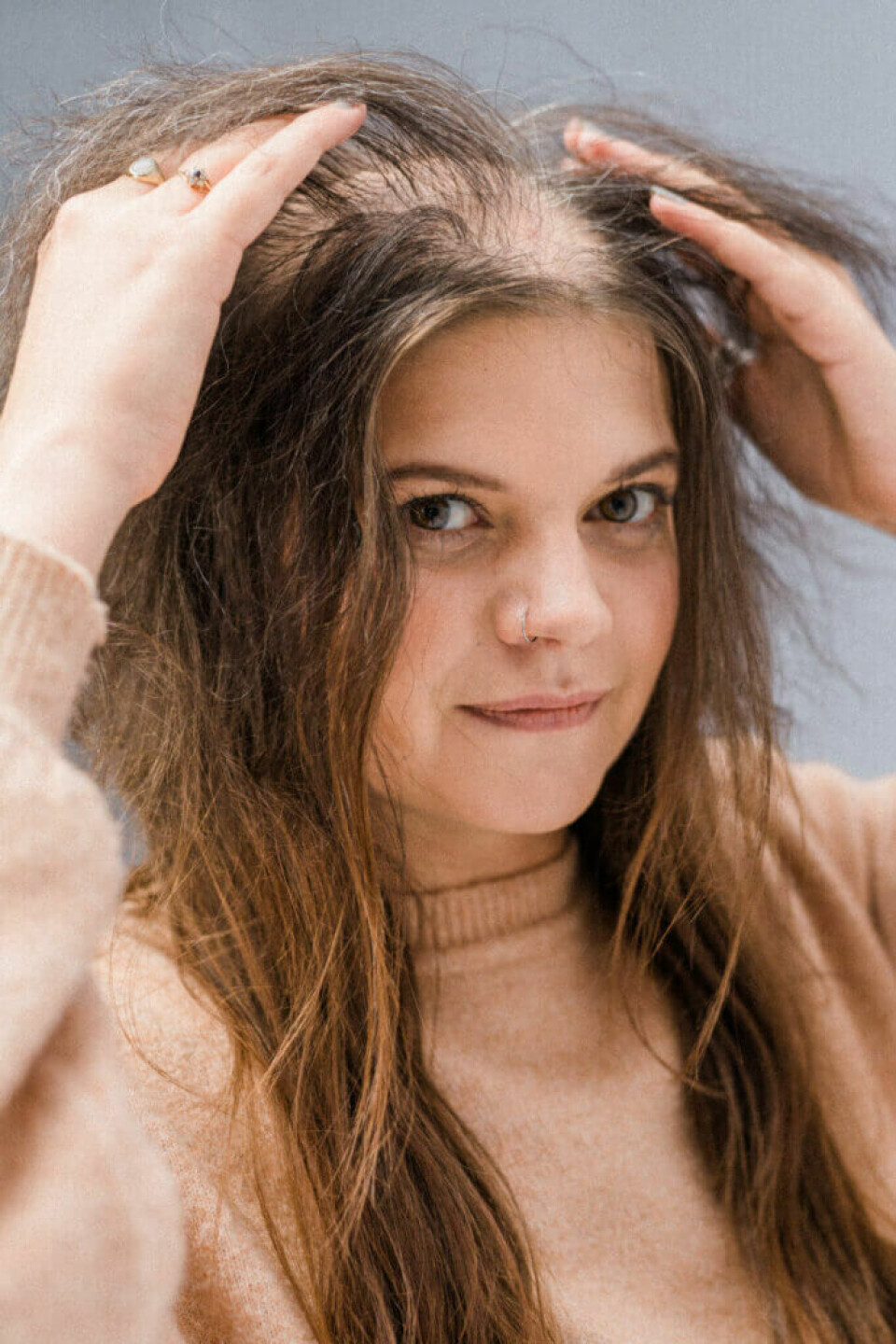
The fifth women in the campaign, Harriet (Hattie) Gilford, suffers from Trichotillomania (also known as Trich). Trich is a condition where someone cannot resist the urge to pull their hair out, giving a sense of relief from growing tensions. Hattie has suffered from this condition for 18 years and has not received any help from medical professionals, due to the lack of understanding surrounding the condition. “The most outrageous thing I’ve been told is ‘to just stop’. I’ve been told this by many people and doctors too. Which could seem like a very obvious solution to somebody, but Trichotillomania is an uncontrollable urge, you can’t just stop” For Hattie, she has never had her own hair identity since her condition started from young. “I find hair a really important part of somebody’s identity. You might have a blonde bombshell or big fiery red hair. I feel like it can be this big identity which people carry. I’ve never really felt like I’ve had my own hair identity.” She hopes that the campaign allows conversations around female hair loss to be more open, encourage more representation in print and broadcast media and create a sense of community for those who are suffering from hair loss.
MONPURE launched the #ItsNotJustHair campaign today, with 27 digital billboards across London aiming to break the silence about female hair loss. The campaign really highlights the importance of representation and destigmatising conditions and their sufferers, offering an opportunity to showcase these conditions and creates necessary conversations about beauty standards in society.

